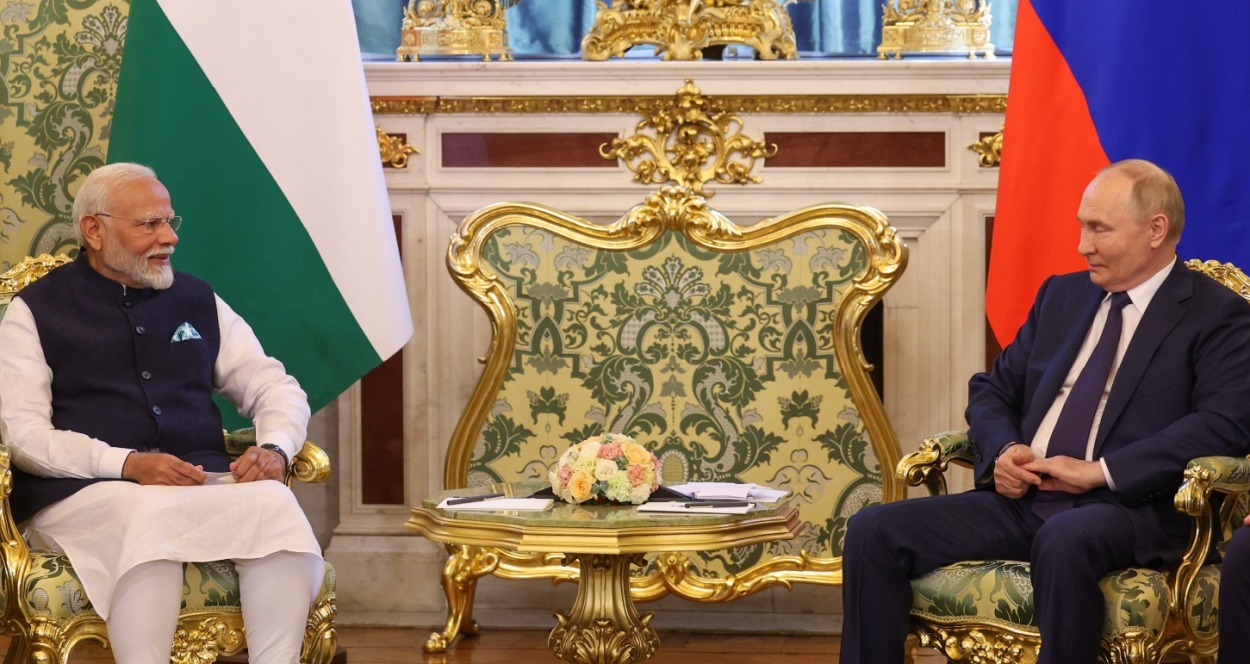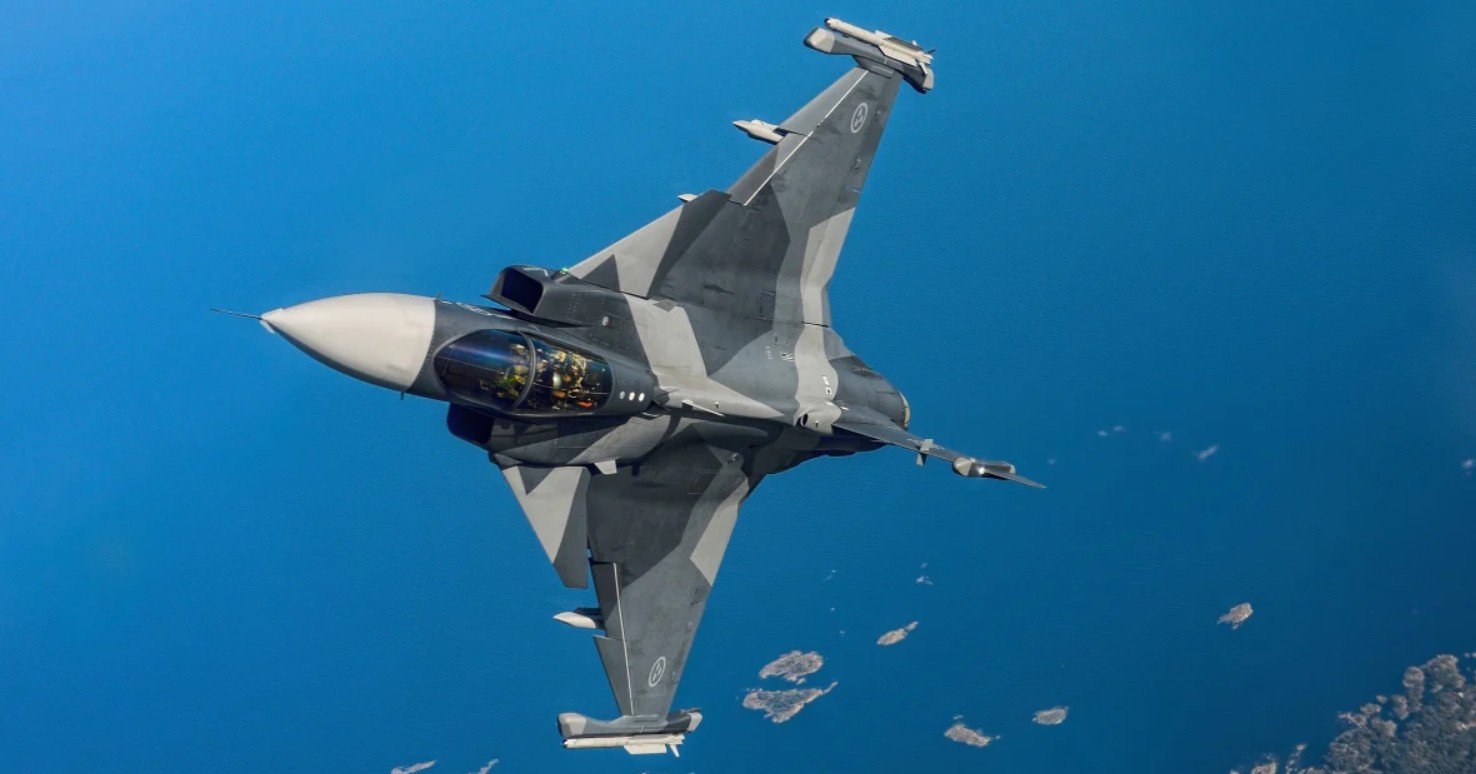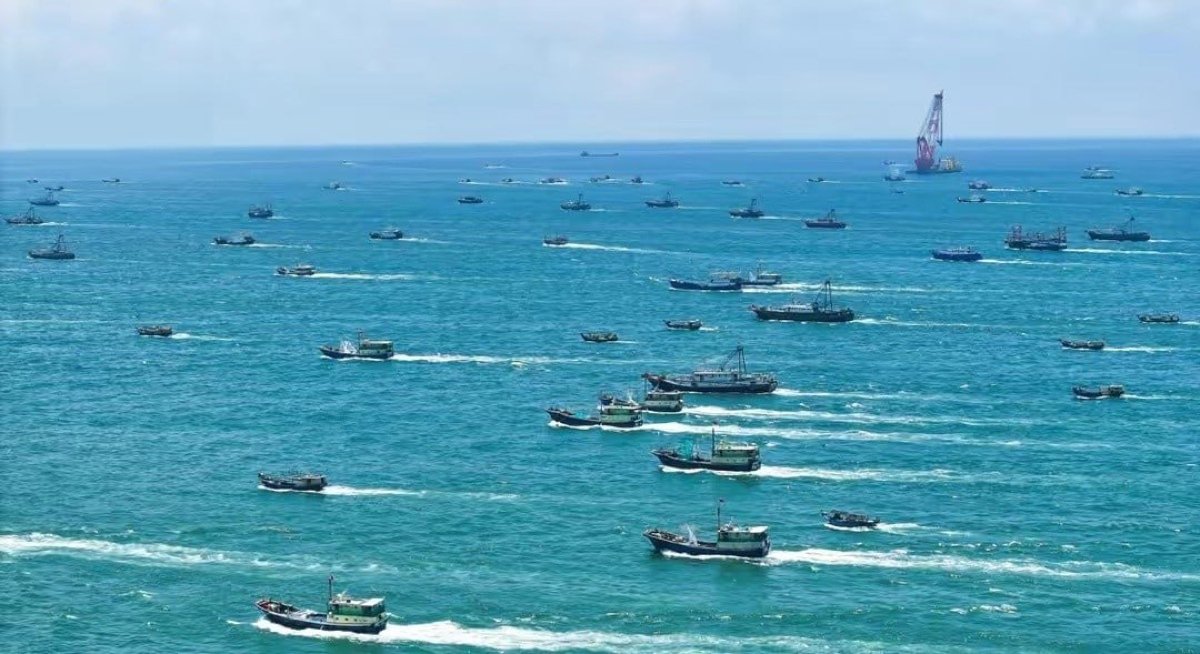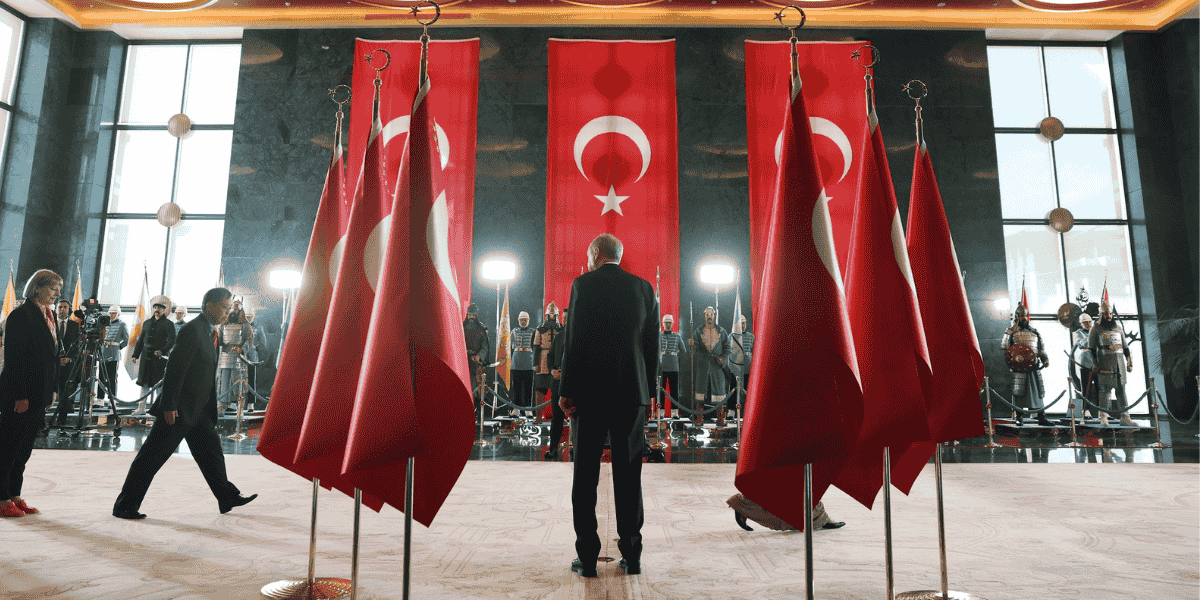India’s oil and weapons purchases from Russia have consternated the US and its allies. To add more fuel to the fire, leaked Russian state correspondence and unnamed Western officials indicate that Moscow has been acquiring sensitive goods from India.
Documents published in the Financial Times report that the Kremlin has been considering shifting its manufacturing facilities to India to secure components for its war effort.
According to the British newspaper report, the Russian industry and trade ministry responsible for defense production to support its Ukraine invasion planned to spend around Rs 82 billion (US 1 billion) in October 2022 to secure critical electronics through covert channels.
Russian banks have “significant reserves” of rupees from the oil they sold to India. India has also been a source of critical goods for the country waging a protracted war, which was earlier sourced from “unfriendly countries.”
The report claims that Russia and its Indian partners traded in dual-use technologies—they have been targets of sanctions from Western countries. These components included parts for “telecommunication, server, and other complex electronic equipment.”
The US Commerce Department has implemented restrictions on the export of high-tech products, such as aircraft equipment and semiconductors, to Russia to curtail its military capabilities. The export restrictions extend to goods other countries produce using American technology.
The FT report stated that “Moscow even envisaged pumping investment into Russo-Indian electronics development and production facilities” but added the disclaimer that the extent to which Moscow enacted its plan was unclear.
The Russian Consortium for Foreign Economic Activity and International Intergovernmental Cooperation (Ved MKKP) in Industry was supposed to purchase critical components from India. This organization is closely linked to the security service.
According to the report, Ved MMKP’s report detailed plans to carry out transactions through a “closed payment system between Russian and Indian companies” to evade Western scrutiny. The oil trade between India and Russia has almost doubled to US $65 billion in 2023.
India imported little Russian crude before the invasion of Ukraine. However, it has now become the Number two importer of Russian oil after China. India has assumed the role of the middleman, refining Russian crude and re-exporting it to European nations that are subject to the ban.
The report names an Indian company, Innovio Ventures, that supplied at least US $4.9 million worth of electronics, including drones, to Russia and shipped another US $600,000 worth of goods via Kyrgyzstan.
Prime Minister Narendra Modi’s balancing act between Russia and the US has been a point of friction between Washington and New Delhi. In July, US Deputy Treasury Secretary Wally Adeyemo warned India’s top business organizations that any institution doing business with Russia’s military-industrial base risks sanctions, regardless of the currency used.
It was in contrast to the US accepting the historic ties of India and Russia when New Delhi inked the deal to purchase S-400 surface-to-air missiles.
The US media criticized Prime Minister Narendra Modi’s visit to Russia in July. “Despite the West’s campaign to isolate Russia over its 2022 invasion of Ukraine, other nations have pursued their interests in Moscow, helping Mr. Putin shore up the Russian economy and continue to wage his war. India, which has close ties to the United States, has emerged as the second-biggest importer of Russian oil after China in the years since the invasion,” the New York Times wrote.
Filling The Gap
In December 2023, Russia expressed interest in Indian companies taking over businesses abandoned by US and European companies amid the prolonged war with Ukraine. They wanted Indian corporations to use the St. Petersburg International Economic Forum (SPIEF) to strike deals and establish themselves in Russia.
Alexey Volkov, Deputy Director of the Roscongress Foundation and Director of SPIEF, contended that the Russian economy has several niche areas that have been left vacant by European and American companies that had to leave due to pressure from their governments. Besides India, China has been keen to make inroads into the Russian economy.
Since December 2022, Ukraine’s Western allies have embargoed their companies from shipping, insuring, buying, or selling loads of crude sold at above $60 per barrel. Russia has responded by building a so-called “shadow fleet” of vessels—opaquely owned, doubtfully insured, and usually old—that allow them to circumvent this ban.
Moscow is losing out on about $175m (£140m) a day from fossil fuel exports due to these measures, according to a study by the Centre for Research on Energy and Clean Air (CREA). Major Russian banks have also been removed from the international financial messaging system – Swift.
Both China and India are increasingly purchasing oil and gas in their local currencies to circumvent these sanctions. At the start of 2022, Russia supplied less than 2% of India’s oil imports, but it is now on course to become its largest single supplier.

India-China-Russia Triangle
India has been dependent on Russia for its defense purchases. Data from the Stockholm International Peace Research Institute suggests that in the last two decades, Russia supplied 65 percent of Indian weapons valued at US $60 billion.
While India is pivoting to diversify its weapons base and is unlikely to sign a major defense deal with Russia lest it irks the West, New Delhi cannot forsake Moscow completely.
New Delhi is rightly apprehensive that an isolated Moscow would embrace Beijing even more snuggly. In December 2023, as Indian Foreign Affairs Minister S. Jaishankar was in Moscow, his Russian counterpart Sergei Lavrov made the latest push for more defense deals with India.
Lavrov said he discussed prospects for military and technical cooperation, including joint weapons production, with Jaishankar, adding that Russia was also ready to support India’s goal of increasing domestic production. Jaishankar responded by saying ties were strong and bilateral trade was at an all-time high, but he sidestepped defense.
New Delhi has been shoring up its domestic manufacturing capability instead of taking up Russia’s offer to jointly manufacture helicopters and fighter jets. In the coming decades, India will need Russia’s spares and maintenance support for its existing inventory.
At the moment, the two countries are jointly manufacturing the BrahMos cruise missile and plan to produce AK-203 rifles in India.








